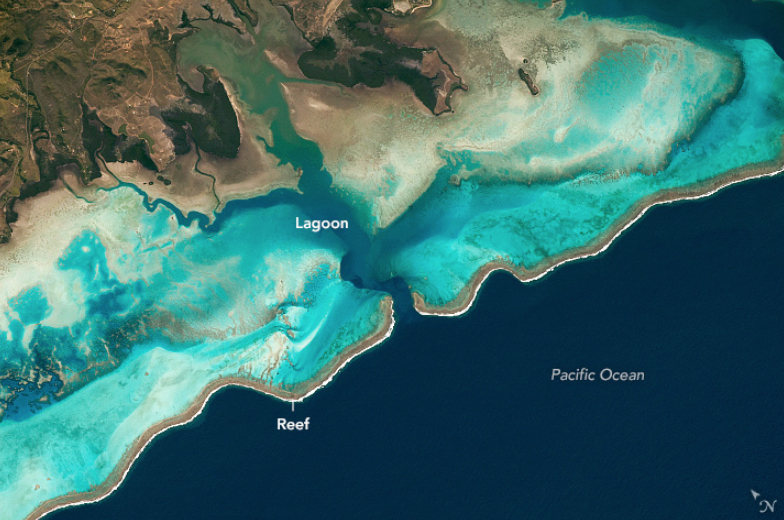Researchers at the University of Queensland have announced that they have identified an extra 348,000 square kilometers of shallow coral reef in the oceans.
Dr. Mitchell Lyons from the University’s School of the Environment and the Allen Coral Atlas project used advanced satellite mapping which utilized over 1.5 million samples and 100 trillion pixels from the Sentinel-2 and Planet Dove CubeSat satellites, to create a high-resolution global map that offers an unprecedented view of the world’s coral reefs. The reefs extend down to depths of 20-30 meters but best of all, 80,000 sq. km of that area consists of a hard rocky bottom which is conducive to coral growth.
“This revises up our previous estimate of shallow reefs in the world’s oceans,” Dr Lyons told earth.com. “Importantly, the high-resolution, up-to-date mapping satellite technology also allows us to see what these habitats are made from. This data will allow scientists, conservationists, and policymakers to better understand and manage reef systems,” Dr. Lyons added. “This is the first accurate depiction of the distribution and composition of the world’s coral reefs, with clear and consistent terminology. It’s more than just a map — it’s a tool for positive change for reefs and coastal and marine environments at large.”
The reef mapping project involves over 480 contributors, the results of which are publicly available through the Allen Coral Atlas and Google Earth Engine. “These resources are already being utilized in coral reef conservation efforts across the globe,” said Associate Professor Chris Roelfsema, also from the University of Queensland.
Dr. Roelfsema noted, listing countries from Australia to Kenya and regions extending to western Micronesia. “These resources are already being utilized in coral reef conservation efforts across the globe,” he told earth.com. Coral reefs provide habitat, breeding grounds, and nursery areas for an estimated 25% of all marine species, despite covering less than 1% of the ocean floor.
Read the full story at earth.com



